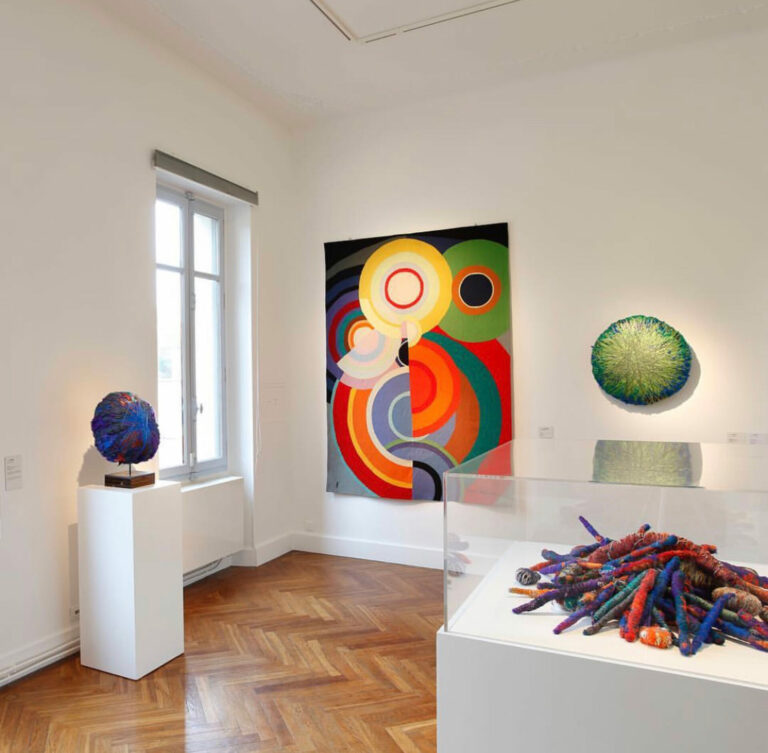The Influence of Women Artists on Aubusson Tapestry in the 20th Century
Women Artists of the 20th Century and Aubusson Tapestry: An Innovative Encounter
Aubusson tapestry, an iconic textile art, evolved in the 20th century thanks to the work of several female artists who redefined this traditional medium. These women introduced new forms, colors, and concepts, modernizing the tapestry while preserving its ancient craftsmanship. Discover how these influential female figures reshaped the art of tapestry in Aubusson.
Sonia Delaunay: Color in Motion
Sonia Delaunay, a key figure of the Orphism movement, introduced color and abstraction into Aubusson tapestry. Her works, characterized by vibrant geometric shapes, were translated by Aubusson weavers, bringing a modern dimension to this ancient art form. Her innovative approach paved the way for a new era in tapestry.
Jean Lurçat and His Female Collaborators
While Jean Lurçat is the most recognized name in the revival of Aubusson tapestry after World War II, many women, such as Simone Lurçat, played a crucial role in this movement. Their contributions to the development of Aubusson tapestry are essential but often overlooked.
Louise Bourgeois: The Art of Thread and Memory
Known for her sculptures and installations, Louise Bourgeois revisited tapestry in the 1990s and 2000s. Inspired by her childhood, she used thread as a metaphor for memory and scars, exploring deeply personal and emotional themes in her works woven in Aubusson.
Sheila Hicks: Sculpture and Textile at Aubusson
Internationally renowned American artist Sheila Hicks transformed tapestry into a sculptural expression. She collaborated with Aubusson weavers to create works where textile takes on a physical, sometimes monumental dimension. Her innovative vision blends abstraction with tactile exploration.
Aubusson Today: A Creative Space for Female Artists
The Cité Internationale de la Tapisserie continues to collaborate with contemporary female artists, such as Annette Messager and Marion Baruch, to adapt their works into tapestries. This dialogue between contemporary art and traditional craftsmanship ensures the longevity of Aubusson tapestry while placing it firmly in the modern era.
Conclusion
Women artists of the 20th century profoundly influenced the history of Aubusson tapestry, bringing their unique vision and enriching this cultural heritage. Their involvement redefined the boundaries of this art, turning it into a true field of experimentation and innovation. Today, Aubusson tapestry continues to resonate with the creative works of female artists, offering a new perspective on this centuries-old art form.

